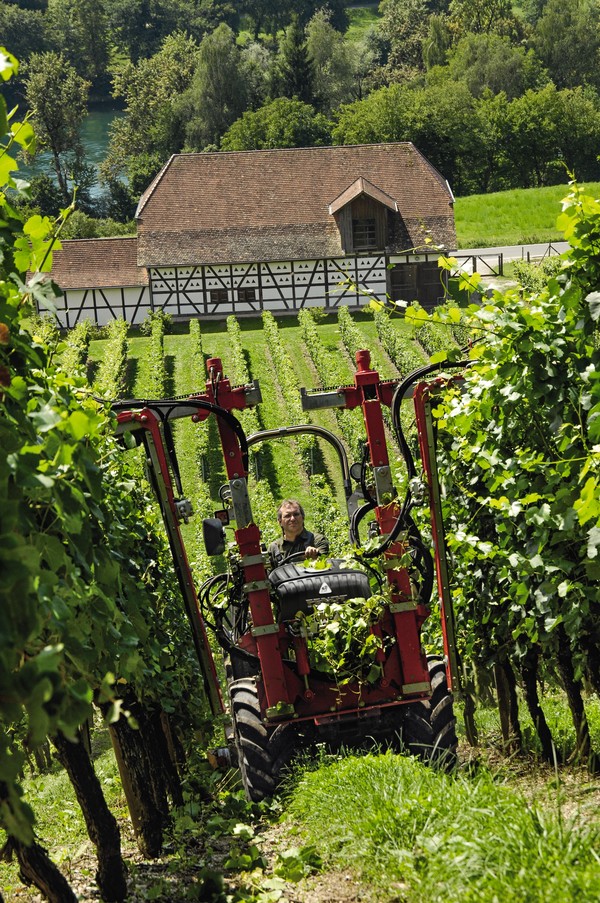
Narrow-track tractors: farmers say NO to enacting current regulation
The association of farmers and agricultural cooperative enterprises, COPA-COGECA, has intervened with the European Commission to affirm the impossibility of implementing the Phases IV and V emission norms for machinery for operations in vineyards and fruit orchards. In the foreground is the difficulty posed for work in narrow rows by tractors enlarged by engines on which exhaust after-treatment technologies have been installed
The European Farmers European Agri-Cooperatives organizations, COPA-COGECA, have taken to the field on the issue of narrow-track tractors to flank the manufacturing industries. Modifying vineyard and orchard tractors for compliance with engine Phases IV and V – which involves substantial changes of the architecture of the machine to accommodate bulky exhaust after-treatment devices – is considered illogical and greatly penalizing for the primary sector. In the wake of the opposition put up by the Italian Agricultural Machinery Manufacturers Federation, FederUnacoma, and CEMA, the European manufacturers committee, this stance has been strengthened further by the position taken by the European farmers. This position was made public with the release of an official communiqué on May 20th by Daniel Calleja Crespo, the Director General of DG Growth (Internal Market, Industry, Entrepreneurship and SMEs) of the European Commission. In their letter to the Commission, the farmers’ organizations cited all the difficulties associated with an inflexible application of the norm which fails to take into account the peculiar characteristics of specialist tractors which must maintain their present characteristics of maneuverability in vineyards and orchards with planting layouts and inter-row spaces which cannot be modified. The farming enterprises made the point that in the European viticulture sector, vineyards are traditionally planted according to a high-density model compared to present production areas in other parts of the world. This historic wine production method, these farmers’ organizations asserted, is a fundamental characteristic which contributes to the quality of the wine and the traditional European landscape. The professional farmers’ document, in light of this case, stressed the incongruence of EU policy which initially encouraged the creation of high-density vineyards in accordance with the typical European model and is now forcing a change to wreak damage in landscapes in some of the wine production territories recognized by UNESCO as world heritage sites.








